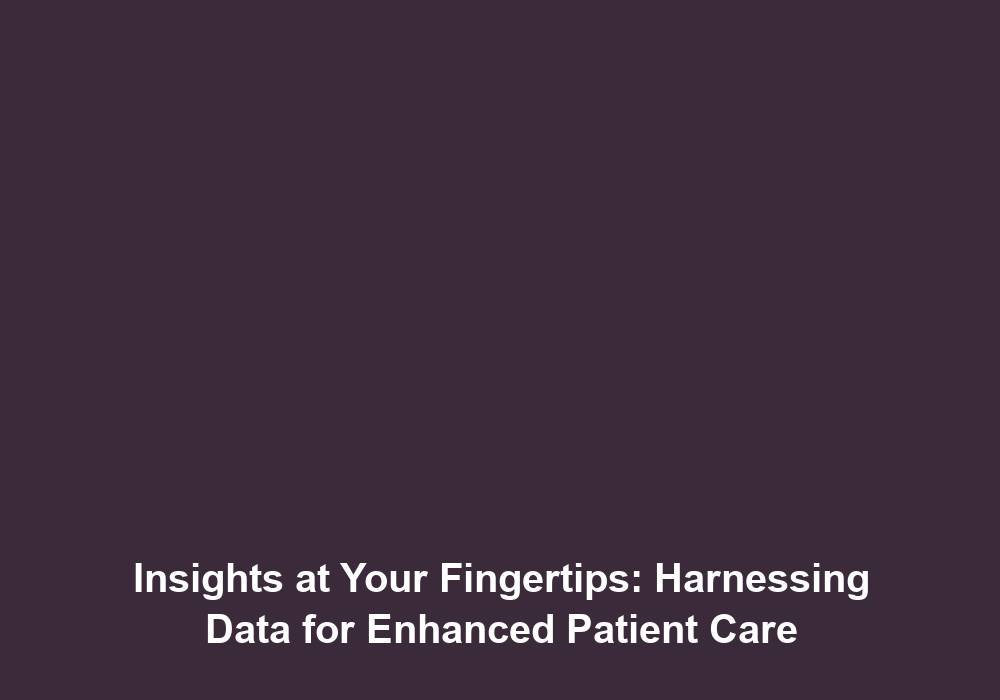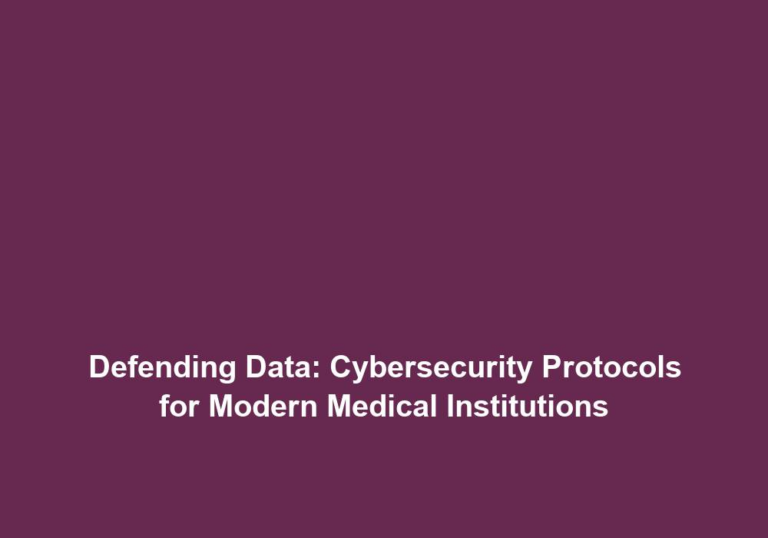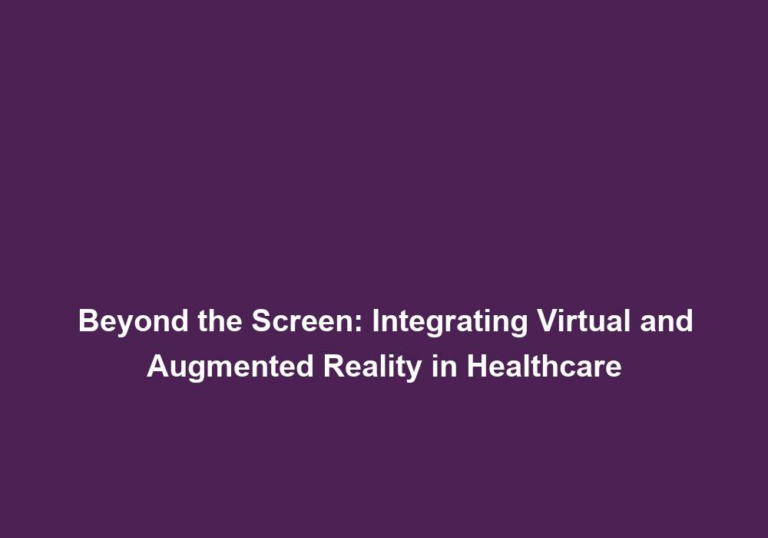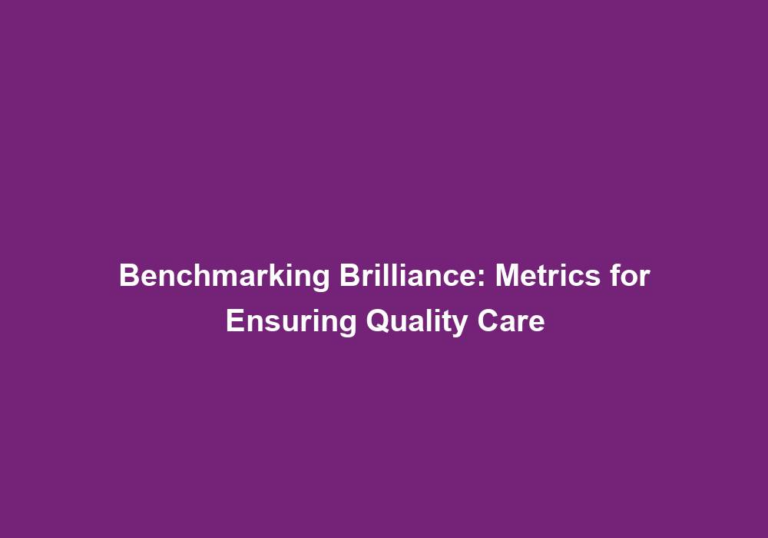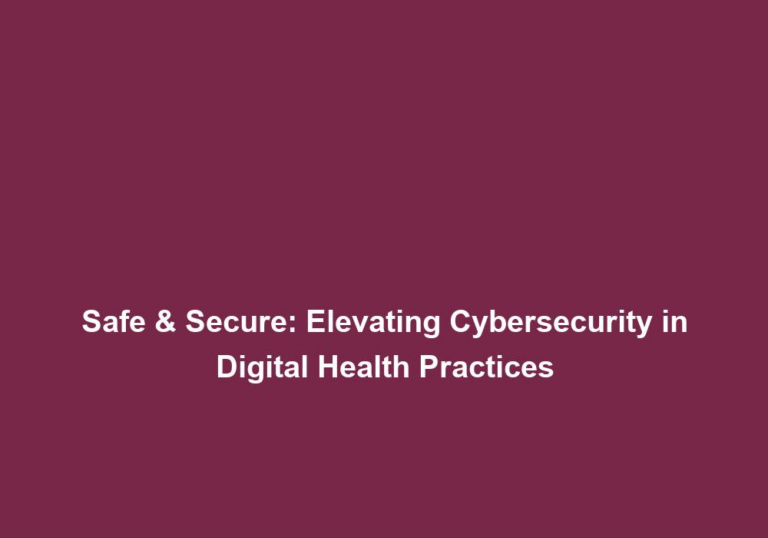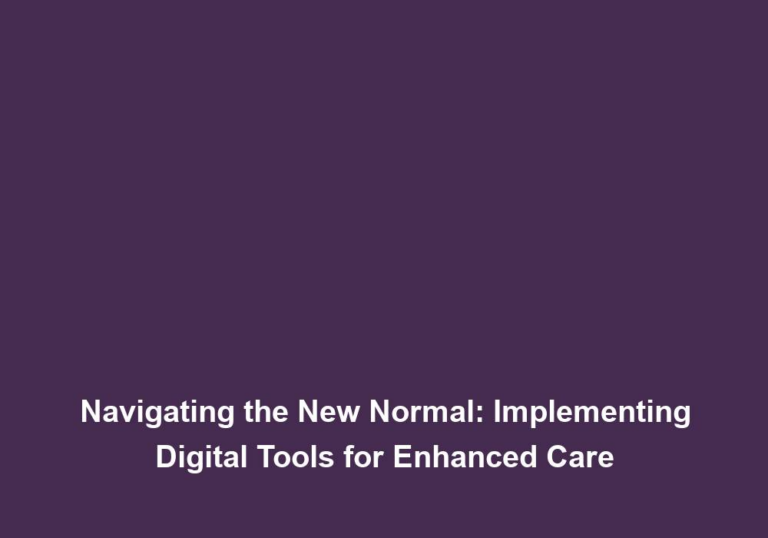Quantifying Care: Integrating Data Analytics and Reporting in Medical Practices
In today’s rapidly evolving healthcare industry, medical practices are increasingly recognizing the importance of data analytics and reporting in providing high-quality patient care. The ability to effectively collect, analyze, and utilize data has become crucial for improving clinical outcomes, streamlining operations, and making informed decisions. This article explores the significance of integrating data analytics and reporting in medical practices, discussing its benefits, challenges, and best practices.
The Importance of Data Analytics in Medical Practices
Data analytics plays a pivotal role in healthcare by extracting meaningful insights from vast amounts of patient information. By leveraging advanced analytical techniques, medical practices can identify patterns, trends, and correlations in patient data, leading to improved diagnoses, treatment plans, and overall care. Here are some key reasons why data analytics is crucial in medical practices:
-
Enhanced Decision-Making: Data analytics enables healthcare professionals to make evidence-based decisions by providing them with accurate, comprehensive, and up-to-date information. By leveraging historical and real-time data, medical practices can identify the most effective treatment options, medication dosages, and preventive measures. This not only improves patient outcomes but also reduces the risk of adverse events and medical errors.
-
Improved Patient Outcomes: By analyzing patient data, medical practices can uncover factors that contribute to successful outcomes, allowing them to replicate those strategies and interventions in future cases. For example, data analytics can identify specific patient demographics, lifestyle factors, or genetic markers that influence treatment response. This knowledge can help personalize care plans and interventions, leading to better outcomes and patient satisfaction.
-
Operational Efficiency: Data analytics enables medical practices to optimize their operations by identifying bottlenecks, inefficiencies, and areas of improvement. By analyzing data on patient flow, appointment scheduling, and resource allocation, medical practices can streamline their processes, reduce wait times, and enhance overall patient experience. This not only improves operational efficiency but also ensures timely access to care and reduces patient dissatisfaction.
-
Cost Reduction: Through data analytics, medical practices can identify cost-saving opportunities by optimizing resource utilization, reducing unnecessary tests, and avoiding preventable hospital readmissions. This not only improves the financial health of the practice but also benefits patients by minimizing healthcare costs. For example, data analytics can help identify high-cost patients who may benefit from targeted interventions or care coordination programs, ultimately reducing healthcare expenditures.
In summary, data analytics empowers medical practices to make informed decisions, improve patient outcomes, enhance operational efficiency, and reduce costs. By harnessing the power of data, healthcare professionals can deliver higher quality, personalized care to their patients.
Challenges in Implementing Data Analytics in Medical Practices
While the benefits of data analytics in medical practices are undeniable, there are several challenges that need to be addressed for successful implementation. These challenges include:
-
Data Quality and Integration: Integrating data from various sources, such as electronic health records (EHR), laboratory systems, and billing systems, can be complex. Ensuring data accuracy, consistency, and privacy is crucial for generating reliable insights. Medical practices must invest in data quality assurance processes, data validation techniques, and data integration platforms to overcome these challenges.
-
Data Security and Privacy: Medical practices handle sensitive patient information, making data security and privacy a top priority. Implementing robust security measures and compliance with regulations, such as the Health Insurance Portability and Accountability Act (HIPAA), is essential to protect patient data. Medical practices should establish strong data encryption protocols, access controls, and regular security audits to safeguard patient information.
-
Limited Data Literacy: Healthcare professionals may lack the necessary skills and knowledge to effectively analyze and interpret complex datasets. Investing in training programs and hiring data analytics experts can help bridge this gap and ensure optimal utilization of data analytics tools. Providing ongoing education and support can empower healthcare professionals to leverage data analytics for decision-making and improve their data literacy skills.
-
Resistance to Change: Adopting data analytics may face resistance from healthcare professionals who are accustomed to traditional methods. Overcoming this resistance requires effective change management strategies and demonstrating the tangible benefits of data-driven decision-making. Medical practices should focus on creating a culture of data-driven decision-making, fostering collaboration, and highlighting success stories to gain buy-in from stakeholders.
Best Practices for Integrating Data Analytics in Medical Practices
To ensure successful integration of data analytics and reporting in medical practices, the following best practices should be considered:
-
Define Clear Objectives: Clearly define the goals and objectives of implementing data analytics. This will guide the selection of appropriate tools, data sources, and analytical techniques. Identify key performance indicators (KPIs) that align with the objectives and measure progress regularly.
-
Select the Right Tools: Choose data analytics tools that align with the specific needs and capabilities of the medical practice. Consider factors such as user-friendliness, interoperability with existing systems, and scalability. Engage stakeholders in the selection process to ensure the chosen tools meet their requirements.
-
Invest in Data Governance: Develop robust data governance policies and protocols to ensure data integrity, security, and regulatory compliance. This includes establishing data access controls, encryption standards, and regular data audits. Assign data stewards or a dedicated data governance team to oversee data management processes and enforce data governance policies.
-
Empower Data Literacy: Provide training and educational resources to healthcare professionals, enabling them to effectively leverage data analytics tools. Foster a data-driven culture that encourages continuous learning and improvement. Offer workshops, online courses, and mentorship programs to enhance data literacy skills across the organization.
-
Collaborate with IT Professionals: Involve IT professionals or data analysts in the implementation process to ensure seamless integration of data analytics tools with existing systems. They can also provide ongoing technical support and troubleshooting. Foster collaboration between IT and healthcare professionals to align technology solutions with clinical workflows.
-
Monitor and Measure Results: Regularly monitor and measure the impact of data analytics on key performance indicators (KPIs) such as patient outcomes, operational efficiency, and financial performance. Use these insights to refine strategies and drive continuous improvement. Establish a feedback loop to capture insights from frontline staff and incorporate their feedback into future analytics initiatives.
By embracing data analytics and reporting, medical practices can transform the way they deliver care, improve patient outcomes, and thrive in an increasingly data-driven healthcare landscape. While challenges may arise during implementation, with proper planning, training, and continuous evaluation, the benefits of integrating data analytics are promising. Investing in this transformative technology will undoubtedly pave the way for a more efficient, effective, and patient-centered healthcare system.

